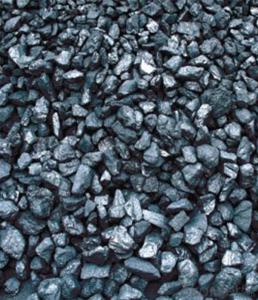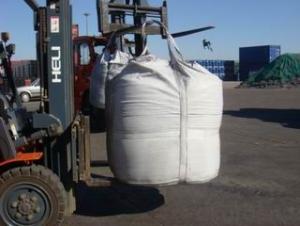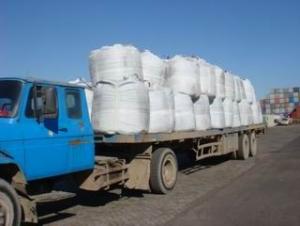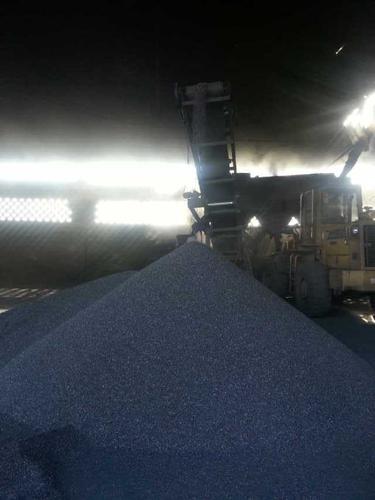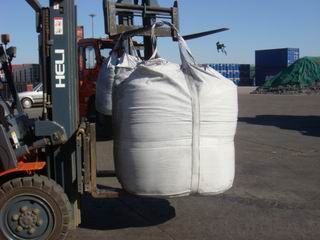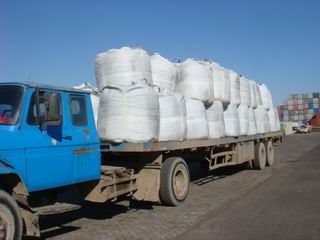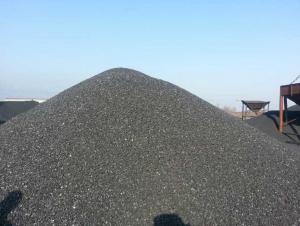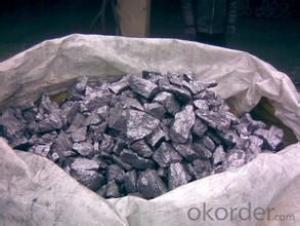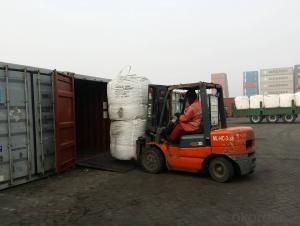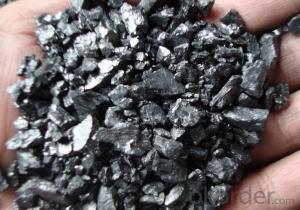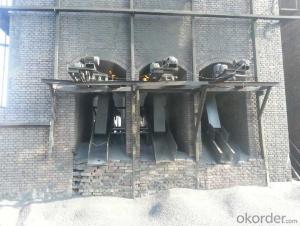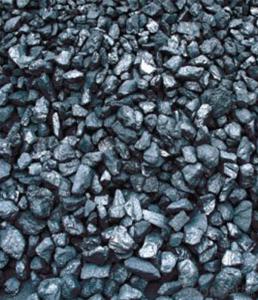FC 95min Calcined Anthracite Coal With High Quality
- Loading Port:
- China main port
- Payment Terms:
- TT OR LC
- Min Order Qty:
- 0 m.t.
- Supply Capability:
- 20000 m.t./month
OKorder Service Pledge
OKorder Financial Service
You Might Also Like
Features
Calcined Anthracite Coal
Fixed carbon: 90%-95%
S: 0.5% max
Size: 0-3. 3-5.3-15 or as request
Product Description
Calcined Anthracite coal is produced using the best Anthracite-Taixi Anthracite with low S and P, It is widely used in steel making and casting.
General Specification
PARAMETER UNIT GUARANTEE VALUE | |||||
F.C.% | 95MIN | 94MIN | 93MIN | 92MIN | 90MIN |
ASH % | 4MAX | 5MAX | 6MAX | 7MAX | 8MAX |
V.M.% | 1 MAX | 1MAX | 1.5MAX | 1.5MAX | 1.5MAX |
SULFUR % | 0.5MAX | 0.5MAX | 0.5MAX | 0.5MAX | 0.5MAX |
MOISTURE % | 0.5MAX | 0.5MAX | 0.5MAX | 0.5MAX | 0.5MAX |
Size can be adjusted based on buyer's request
Pictures

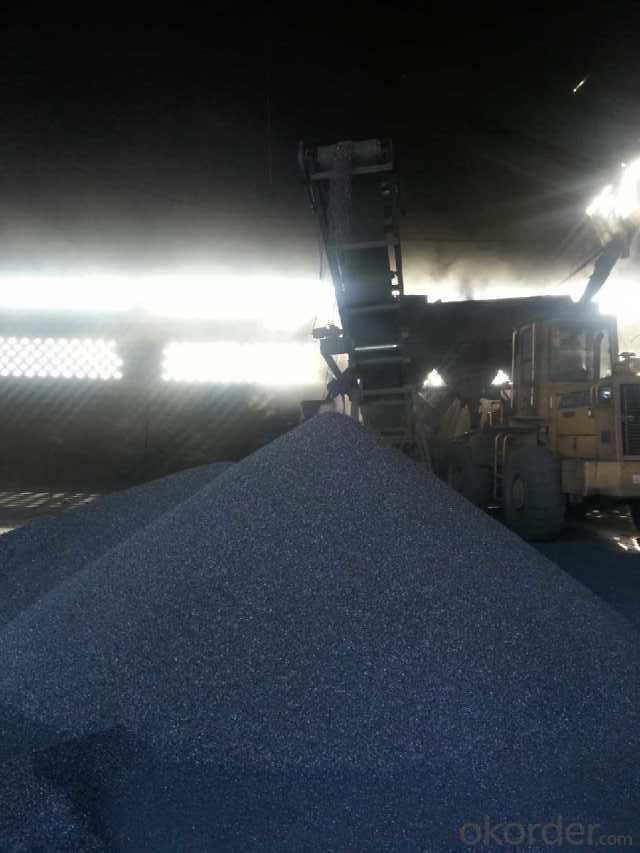
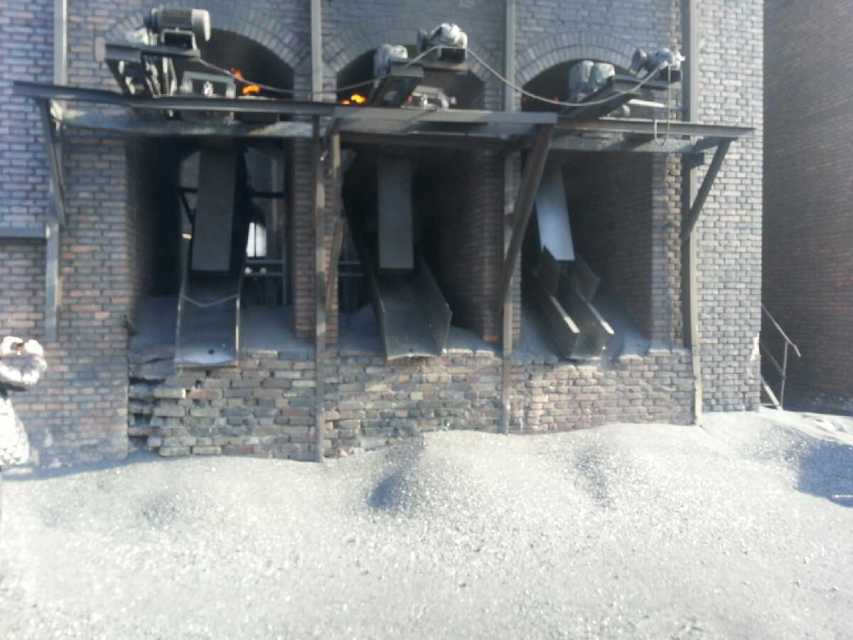
- Q: What's the reason for grading? What about the use of composites? What's the difference?
- 2, according to mechanical properties can be divided into general type and high performance type. The strength of the universal carbon fiber is 1000 MPa (MPa) and the modulus is about 100GPa. High performance carbon fiber is divided into high strength (strength 2000MPa, modulus 250GPa) and high model (modulus 300GPa or more). Strength is greater than 4000MPa, also known as ultra high strength; modulus is greater than 450GPa, known as ultra-high model. With the development of aerospace and aviation industry, carbon fiber with high strength and high elongation has come into being. Its elongation is greater than 2%. The largest amount of polyacrylonitrile is PAN based carbon fiber.
- Q: How does carbon affect water quality?
- Water quality can be affected both positively and negatively by carbon. On the positive side, carbon is a natural component of the carbon cycle and has a vital role in maintaining the equilibrium of aquatic ecosystems. It serves as a nutrient for aquatic plants, aiding their growth and providing nourishment and shelter for other organisms in the food chain. However, an excess of carbon in water can have adverse effects on water quality. One way this occurs is through the rise of dissolved organic carbon (DOC). Elevated levels of DOC can result from the decomposition of organic matter, such as deceased plants and animals, as well as the leaching of organic compounds from soil. These organic compounds can harm water quality by diminishing the amount of dissolved oxygen accessible to aquatic organisms, leading to asphyxiation of fish and other aquatic life. Moreover, high levels of carbon can contribute to eutrophication. Eutrophication takes place when there is an overflow of nutrients, including carbon, in water bodies, causing an excessive growth of algae and other aquatic plants. This excessive growth can deplete oxygen levels in the water as the plants decompose, causing harm to fish and other organisms that rely on oxygen for survival. Additionally, carbon can interact with other pollutants present in water, like heavy metals and pesticides, which can become more toxic and readily available when combined with carbon. This can have detrimental effects on aquatic organisms and disrupt the overall balance of the ecosystem. In conclusion, while carbon is vital for the functioning of aquatic ecosystems, excessive amounts can negatively impact water quality by reducing oxygen levels, promoting eutrophication, and increasing the toxicity of other pollutants. Therefore, it is crucial to monitor and manage carbon levels in water bodies to ensure the maintenance of a healthy and balanced aquatic ecosystem.
- Q: What does carbon nanotubes (5,5) in (5,5) mean?
- 3. get (5,5) after the initial point (0,0) to draw a line, this line is the circumference of the carbon nanotubes.
- Q: How does carbon contribute to the color of gemstones?
- Gemstone color is influenced by carbon, a vital element. Carbon's presence in a gemstone's crystal lattice structure allows it to absorb specific light wavelengths and reflect others, resulting in its distinct color. The arrangement of carbon atoms within the gemstone's structure can excite electrons, leading to the absorption of certain colors of light. This absorption process determines the gemstone's color, as the remaining wavelengths are reflected back to our eyes. For instance, diamonds can exhibit color variations, ranging from colorless to yellow or even fancy shades like blue or pink, due to the presence of nitrogen impurities. Similarly, in gemstones like rubies and sapphires, traces of carbon produce a spectrum of colors, spanning from red to blue, depending on the concentration and arrangement of these carbon impurities. Thus, carbon plays a vital role in the color and visual appeal of diverse gemstones.
- Q: When is gold resistance better? When will carbon resistance be better?
- Metal film resistance, high precision, overload capacity, high temperature coefficient, but the price is also higher. Commonly used in some demanding or more accurate circuit, such as instrumentation, precision power supply. Carbon film resistors have high cost performance and low cost, but they have larger errors. A large number of applications in civil electrical products. Such as television, air conditioning, stereo and so on.
- Q: What is the impact of carbon emissions on agriculture?
- Carbon emissions have a significant impact on agriculture, affecting both crop production and livestock farming. One of the primary consequences of increased carbon emissions is climate change, which alters weather patterns and temperatures. These changes can disrupt the delicate balance required for successful agriculture. Rising temperatures caused by carbon emissions lead to increased evaporation, which can reduce soil moisture and hinder crop growth. Droughts become more frequent and severe, leading to water scarcity and decreased crop yields. Furthermore, extreme weather events such as floods, storms, and hurricanes become more frequent, causing extensive damage to crops and farmland. Another consequence of carbon emissions is the alteration of atmospheric composition. High levels of carbon dioxide (CO2) stimulate the growth of certain weeds and invasive species, which compete with crops for resources such as sunlight, water, and nutrients. This competition can lead to reduced crop yields and lower quality produce. Additionally, carbon emissions contribute to air pollution, including ozone formation. High levels of ozone can damage plant tissues and reduce photosynthesis, limiting crop productivity. Ozone also negatively affects the health of livestock, reducing their growth rates and milk production. The impact of carbon emissions on agriculture is not limited to crop production. Livestock farming is also affected, as changes in climate and temperature can impact animal health and productivity. Heat stress becomes a significant issue, leading to reduced fertility, lower milk yields, and increased susceptibility to diseases. Livestock also need access to adequate water and nutritious feed, which can become scarce due to droughts and increased competition for resources. Overall, carbon emissions have a detrimental impact on agriculture, affecting both crop production and livestock farming. Climate change, altered weather patterns, and increased competition for resources all contribute to reduced yields, lower quality produce, and decreased livestock productivity. Addressing and mitigating carbon emissions is crucial to ensure the sustainability and resilience of the agricultural sector in the face of these challenges.
- Q: What kind of industry does high-performance carbon fiber belong to?
- High performance carbon fiber is used in many industries, such as automobiles, bicycles, and even the aviation industry.. If you look at the industry type, many industries have high-performance carbon fiber figure, if divided by the industry attributes, should belong to the emerging industry, the future potential of the industry
- Q: How is carbon used in the production of nanoelectronics?
- Carbon is used in the production of nanoelectronics in a variety of ways. One of the most prominent uses is in the fabrication of carbon nanotubes (CNTs), which are cylindrical structures made entirely of carbon atoms. These nanotubes have unique electrical and mechanical properties that make them ideal for use in nanoelectronic devices. CNTs can be utilized as transistors, which are the fundamental building blocks of electronic circuits. Due to their small size and excellent electrical conductivity, CNT transistors can be used to create high-performance, low-power devices. They have the potential to replace traditional silicon transistors and enable the development of more advanced and compact electronic devices. Carbon is also used in the production of graphene, which is a single layer of carbon atoms arranged in a two-dimensional honeycomb lattice. Graphene exhibits exceptional electrical conductivity, thermal conductivity, and mechanical strength. It can be used as a conductive material in nanoelectronics, enabling the development of faster and more efficient electronic devices. Furthermore, carbon-based materials can be utilized in nanoelectronics for energy storage purposes. For instance, carbon nanotubes and graphene can be used in supercapacitors, which are energy storage devices capable of storing and delivering large amounts of electrical energy quickly. These carbon-based energy storage systems have the potential to revolutionize the field of portable electronics and electric vehicles. In summary, carbon is extensively used in the production of nanoelectronics. Its unique properties, such as high electrical conductivity, mechanical strength, and thermal conductivity, make it an ideal material for the development of high-performance electronic devices. Carbon nanotubes, graphene, and other carbon-based materials are key components in the fabrication of nanoelectronic devices, enabling advancements in computing power, energy storage, and miniaturization of electronic components.
- Q: Organic matter is converted from organic carbon. Why is humus represented by carbon instead of converted?
- Therefore, only there is a certain relationship between soil carbon content and soil organic matter, high carbon content of soil humus certain, but it does not explain the soil organic matter, because organic matter contains not only the humus, also contains many other organic substances are not decomposed.
- Q: What is the concept of carbon neutrality?
- Carbon neutrality is the idea that an entity, whether it be an individual, organization, or even a whole country, has achieved a balance between the amount of carbon dioxide emissions they produce and the amount they offset or remove from the atmosphere. It is essentially a state where the net carbon emissions are zero, indicating that the entity is not contributing to the increase in greenhouse gases and climate change. Achieving carbon neutrality often involves reducing emissions through sustainable practices and technologies, as well as investing in carbon offset projects or utilizing carbon capture and storage methods.
Send your message to us
FC 95min Calcined Anthracite Coal With High Quality
- Loading Port:
- China main port
- Payment Terms:
- TT OR LC
- Min Order Qty:
- 0 m.t.
- Supply Capability:
- 20000 m.t./month
OKorder Service Pledge
OKorder Financial Service
Similar products
Hot products
Hot Searches

